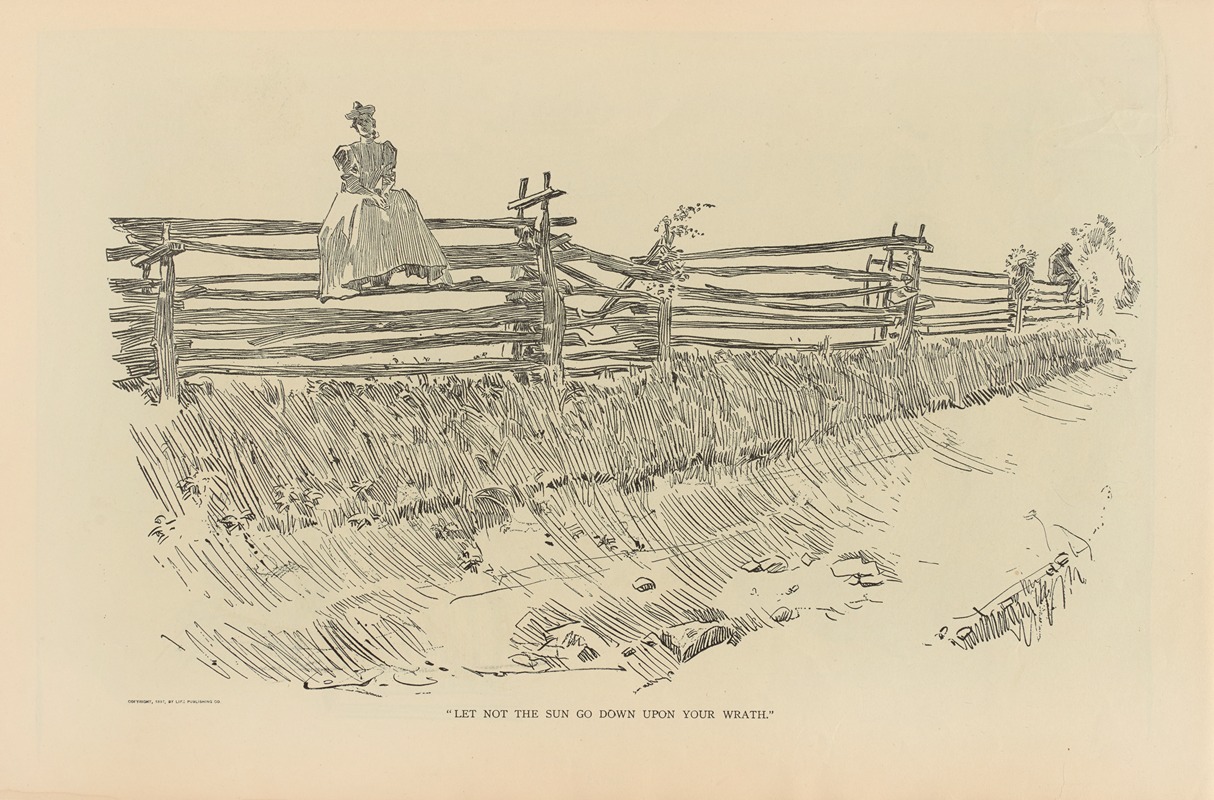
Let not the sun go down upon your wrath
A hand-painted replica of Charles Dana Gibson’s masterpiece Let not the sun go down upon your wrath, meticulously crafted by professional artists to capture the true essence of the original. Each piece is created with museum-quality canvas and rare mineral pigments, carefully painted by experienced artists with delicate brushstrokes and rich, layered colors to perfectly recreate the texture of the original artwork. Unlike machine-printed reproductions, this hand-painted version brings the painting to life, infused with the artist’s emotions and skill in every stroke. Whether for personal collection or home decoration, it instantly elevates the artistic atmosphere of any space.
Charles Dana Gibson was an influential American illustrator best known for his creation of the "Gibson Girl," a representation of the idealized American woman at the turn of the 20th century. One of his notable works is the illustration titled "Let not the sun go down upon your wrath." This piece is part of Gibson's extensive body of work that captures the social mores and cultural nuances of his time.
"Let not the sun go down upon your wrath" is an illustration that reflects Gibson's keen observation of human nature and relationships. The title itself is a biblical reference from Ephesians 4:26, which advises against holding onto anger. This theme is evident in the illustration, which typically portrays a scene of reconciliation or the aftermath of a disagreement, capturing the emotional tension and resolution between the characters depicted.
Gibson's work is characterized by its detailed line work and expressive characters, and this illustration is no exception. His ability to convey complex emotions and social situations through simple black-and-white drawings made his work widely popular in magazines and periodicals of the time, such as Life and Collier's Weekly. The "Gibson Girl" became a cultural icon, and while "Let not the sun go down upon your wrath" does not feature this archetype directly, it shares the same stylistic elements and social commentary.
The illustration likely appeared in one of the many publications that featured Gibson's work during the late 19th and early 20th centuries. His illustrations often accompanied stories or articles, providing a visual narrative that complemented the written content. Gibson's ability to capture the zeitgeist of his era made his work resonate with a wide audience, and his illustrations were instrumental in shaping public perceptions of gender roles and social etiquette.
Charles Dana Gibson's influence extended beyond his illustrations. He played a significant role in the development of American illustration as a respected art form. His work inspired a generation of illustrators and contributed to the visual culture of the United States during a time of significant social change. The themes he explored, such as the dynamics of relationships and the societal expectations of men and women, continue to be relevant and studied in the context of art history and cultural studies.
While specific details about the publication history or reception of "Let not the sun go down upon your wrath" may not be extensively documented, it remains an example of Gibson's skill in capturing the subtleties of human interaction. His legacy as an illustrator endures, with his work continuing to be celebrated for its artistic merit and cultural significance.





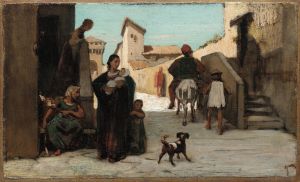
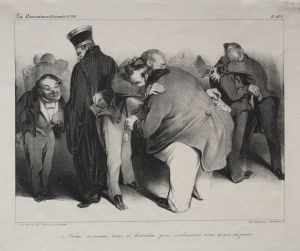
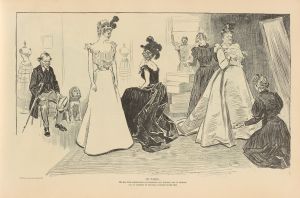
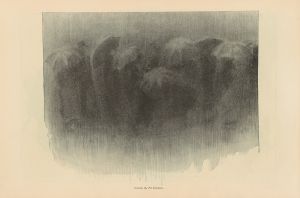
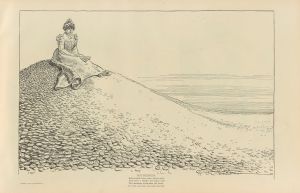
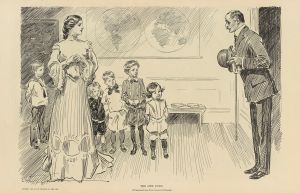
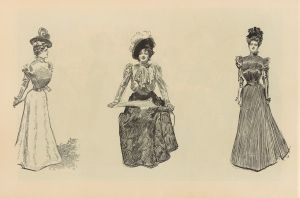
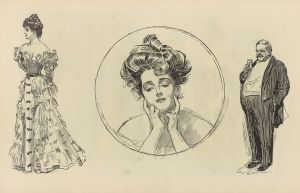
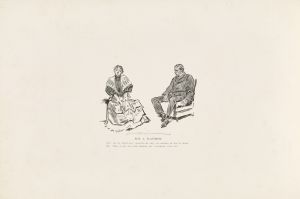
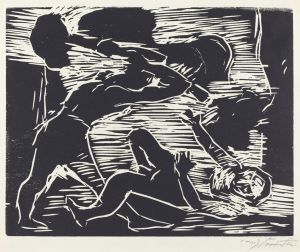
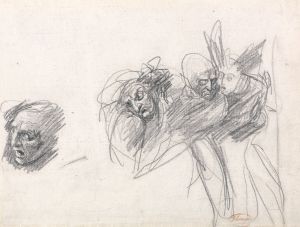

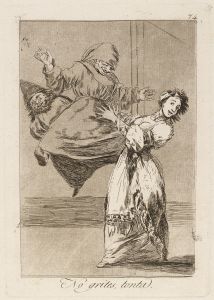
![The Claws of a Cat and the Dress of a Devotee-Similar to Vice Is Often Clothed in Virtue’s Habit [General Folly]](/imgs/264662/s/francisco-de-goya-the-claws-of-a-cat-and-the-dress-of-a-devoteesimilar-to-vice-is-often-clothed-in-virtues-habit-general-folly-3d0e1eb5.jpg)